Fix Windows Update Error 0x8000ffff
Get Free Scanner and check your computer for errors
Fix It NowTo fix found issues, you have to purchase the full version of Combo Cleaner. Free trial available. Combo Cleaner is owned and operated by Rcs Lt, the parent company of PCRisk.com read more.
How to Fix Update Error 0x8000ffff in Windows 10
Many people who try to update Windows encounter error 0x8000ffff, preventing them from installing some updates. This article is dedicated to fixing error code 0x8000ffff.
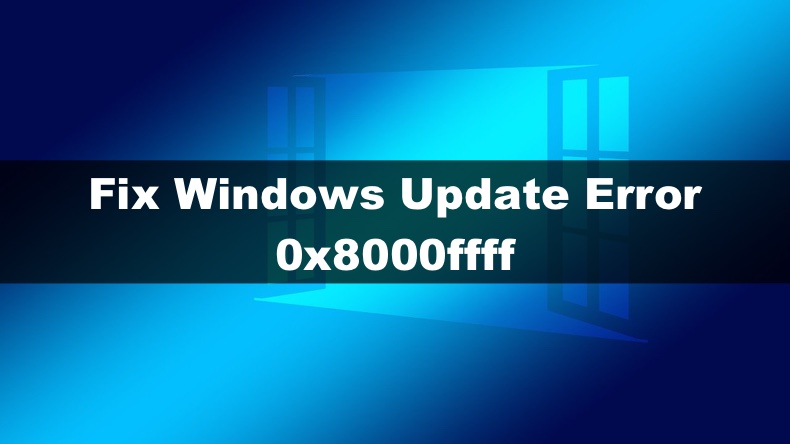
You may get error 0x8000ffff while updating Windows via Windows Update. You may also get this update while updating apps from the Windows store. And, finally, you may get this error while creating a system restore point.
You may experience error 0x8000ffff due to a malware infection, faulty or outdated device drivers, incorrect date and time settings, corrupted Windows cache, missing or corrupted system files, and corrupt Windows Registry entries.
Some have suggested that error 0x8000ffff has nothing to do with corrupted Windows system files but everything to do with third-party applications, such as antivirus programs. So it's a good idea to temporarily disable your third-party antivirus program and try updating Windows.
Still, according to Microsoft, you may get an error 0x8000ffff when its update servers are under heavy load and if the servers are down. If that's the case, then it's recommended to wait for a day and if the issue isn't resolved by then — look for ways to fix it.
Video Guide on How to Fix Windows Update Error 0x8000ffff
Table of Contents:
- Introduction
- Solution 1. Run the Windows Update Troubleshooter
- Solution 2. Clean the Windows Update Cache
- Solution 3. Clear the Microsoft Store Cache
- Solution 4. Run the System File Checker (SFC) Scan
- Solution 5. Run the Deployment Image & Servicing Management (DISM) Scan
- Solution 6. Reset Windows Update Components Manually
- Video Guide on How to Fix Windows Update Error 0x8000ffff
Download Computer Malware Repair Tool
It is recommended to run a free scan with Combo Cleaner - a tool to detect viruses and malware on your device. You will need to purchase the full version to remove infections. Free trial available. Combo Cleaner is owned and operated by Rcs Lt, the parent company of PCRisk.com read more.
Solution 1. Run the Windows Update Troubleshooter
If your PC is running Windows 10, you can run its built-in Windows Update troubleshooter. The troubleshooter is dedicated to resolving various problems, including Windows Update-related issues.
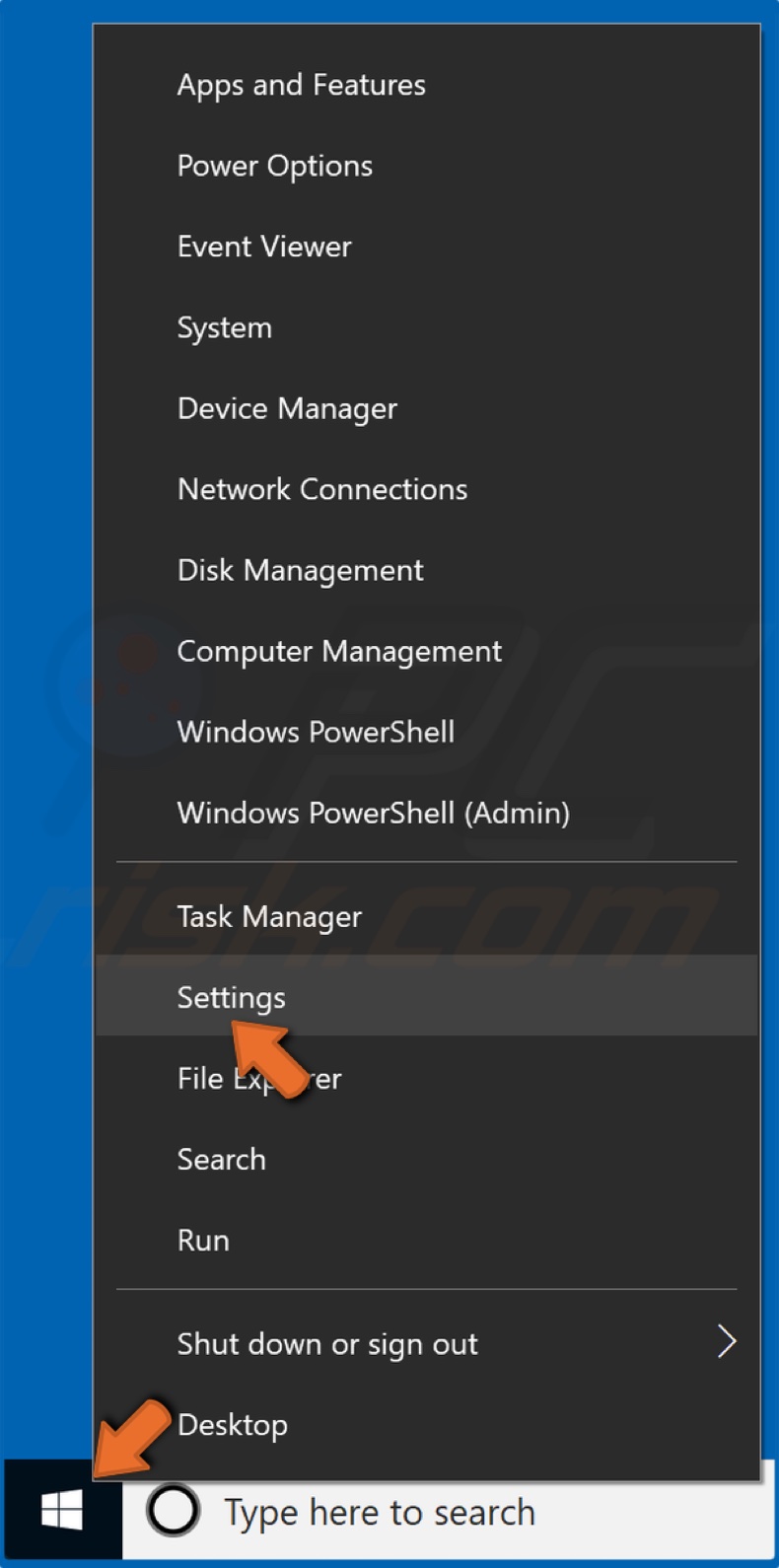
1. Right-click the Start Menu button and click Settings.
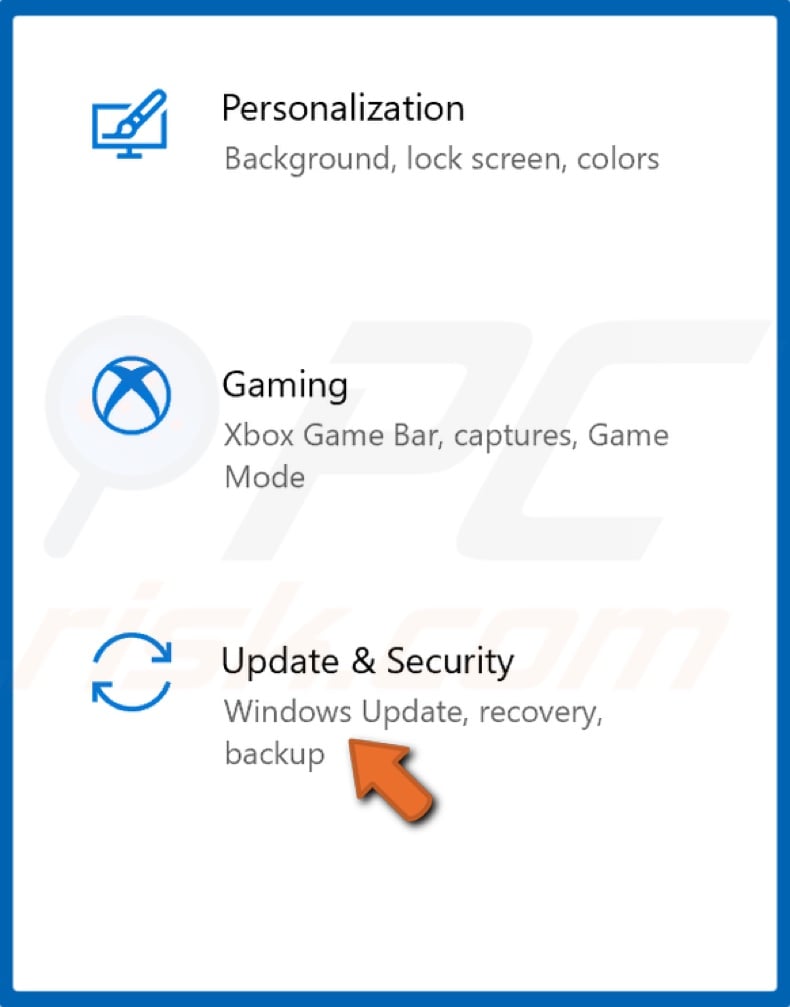
2. Select Update & Security.
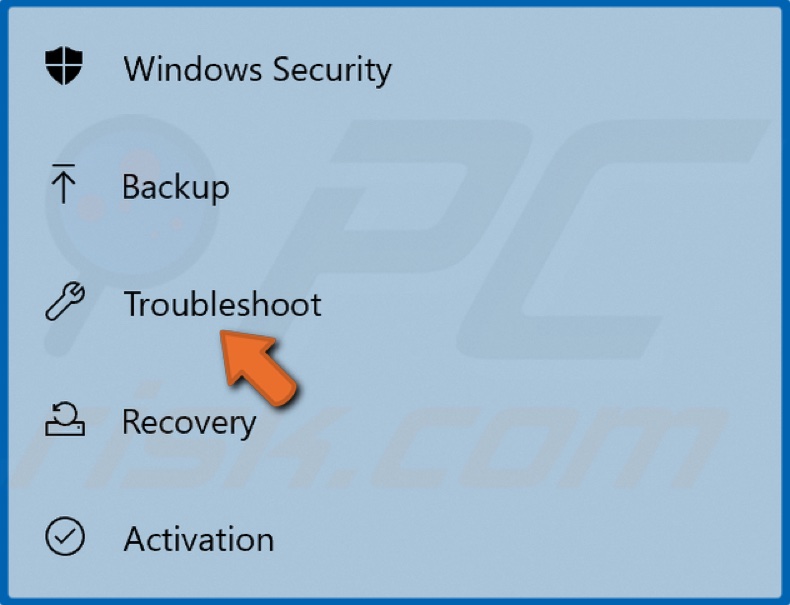
3. Click Troubleshoot.
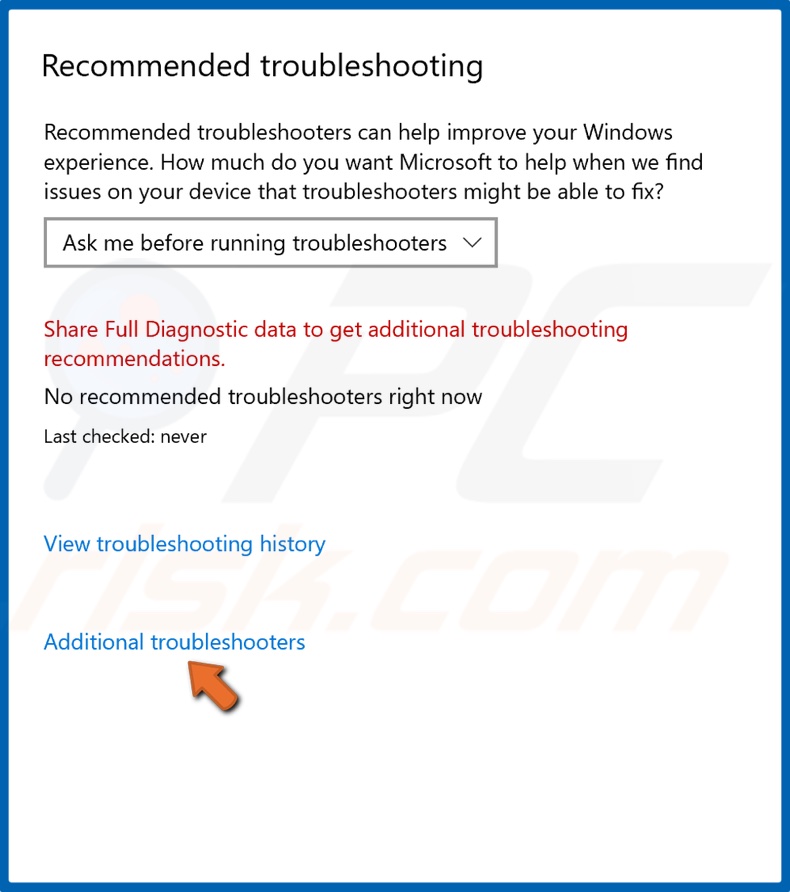
4. Click Additional troubleshooters.
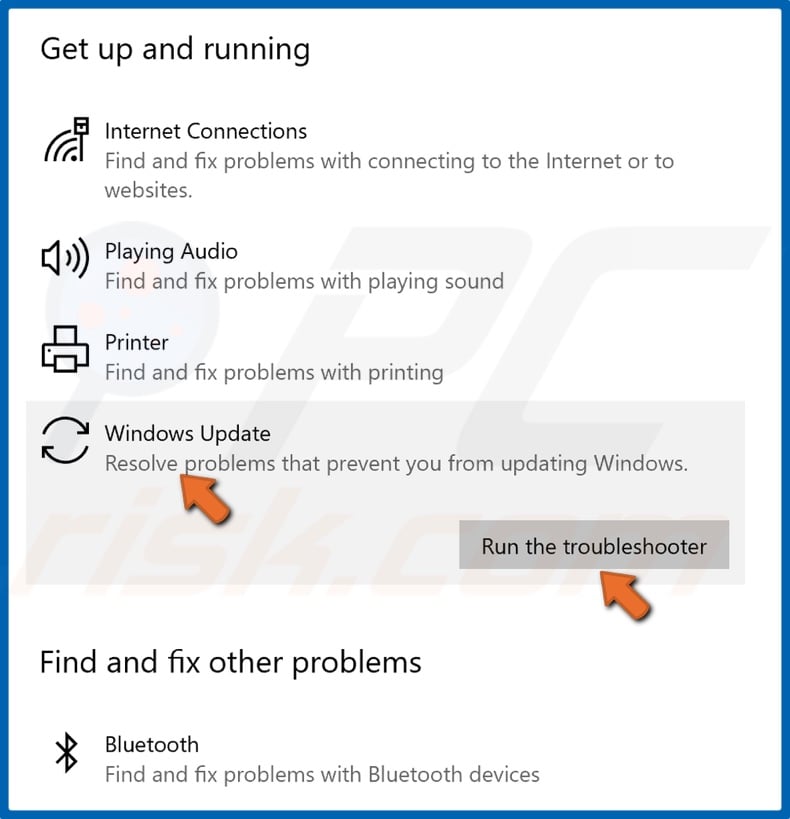
5. Select Windows Update and click Run the troubleshooter.
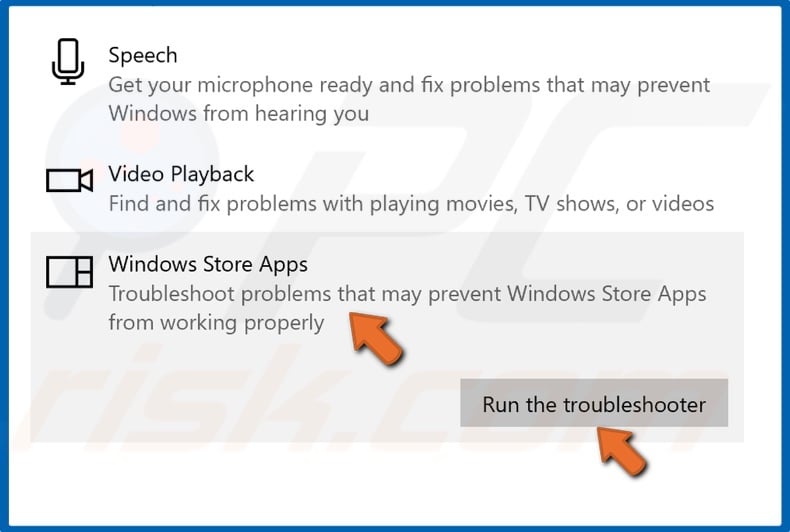
6. Then, in the Additional troubleshooters window, scroll to the bottom of the window and select Windows Store Apps, and click Run the troubleshooter.
Solution 2. Clean the Windows Update Cache
1. Hold down Windows+R keys to open the Run dialog box.
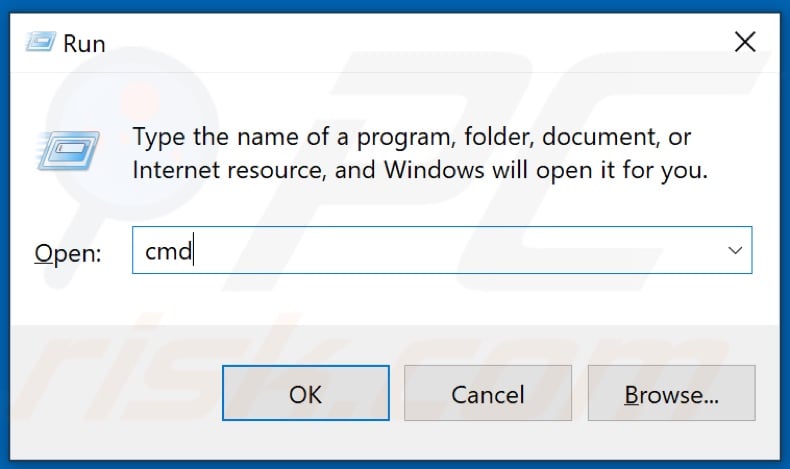
2. Type in CMD in the dialog box and then simultaneously hold down Shift+Ctrl+Enter keys to open elevated Command Prompt.
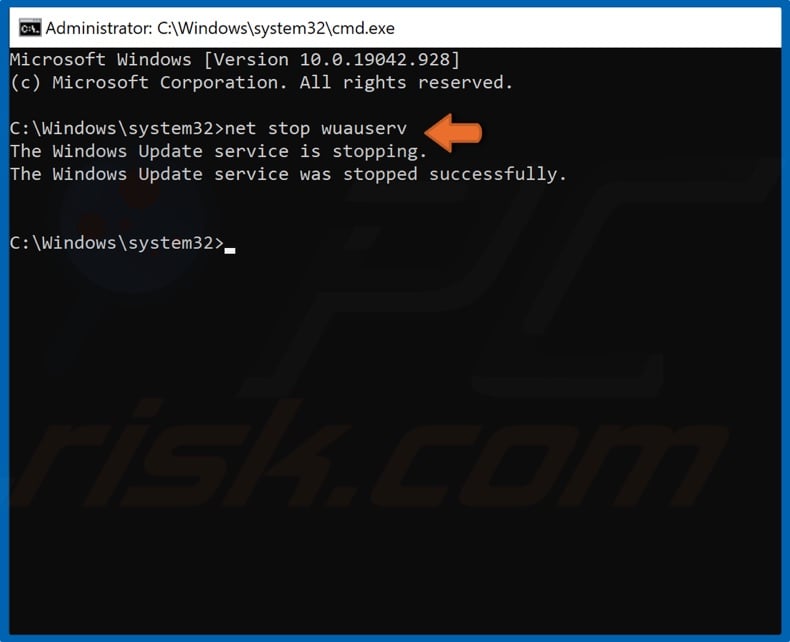
3. In the Comand prompt window, type in net stop wuauserv to stop Windows Update Service. Then close the Command Prompt.
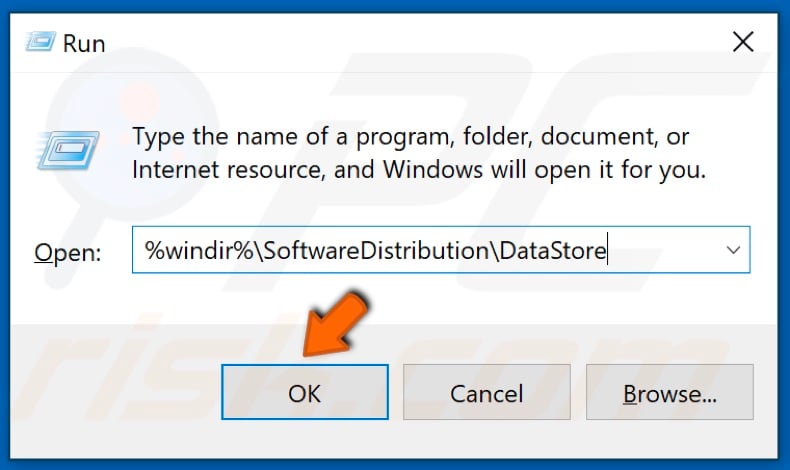
4. Hold down Windows+R keys to open the Run dialog box.
5. Type in %windir%\SoftwareDistribution\DataStore and click OK.
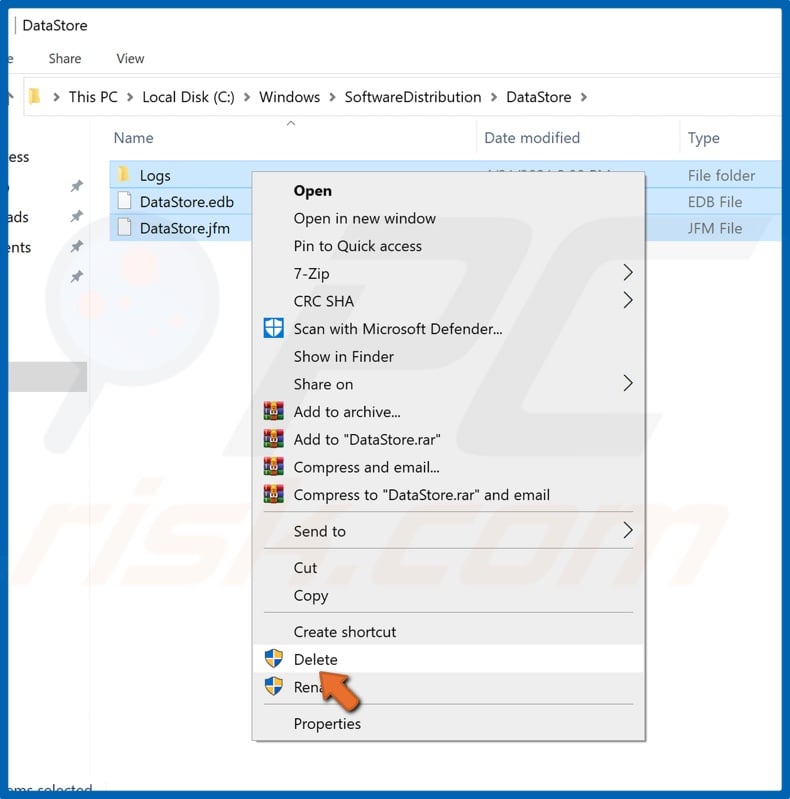
6. Hold down Ctrl+A to select all files in the folder. Right-click the selection and click Delete.
Solution 3. Clear the Microsoft Store Cache
The Microsoft Store may become corrupt in some cases, which may lead to error 0x8000ffff. Therefore, it's recommended to clear the Microsoft Store cache. To do this, follow the instructions below.
1. Hold down Windows+R keys to open the Run dialog box.
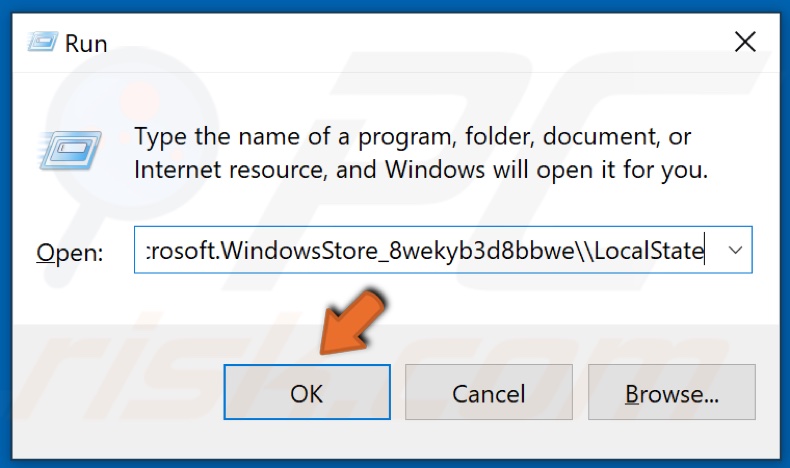
2. In the Run dialog box, type in %localappdata%\\Packages\\Microsoft.WindowsStore_8wekyb3d8bbwe\\LocalState and click OK.
3. Locate the folder named Cache.
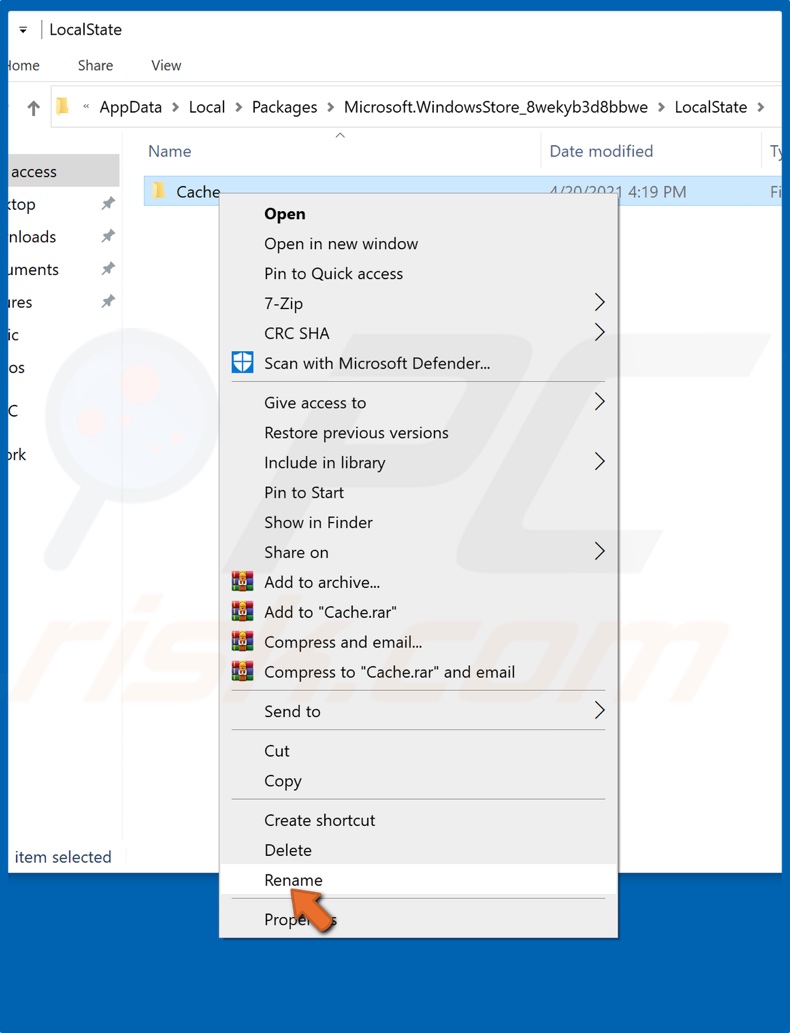
4. Right-click Cache and click Rename.
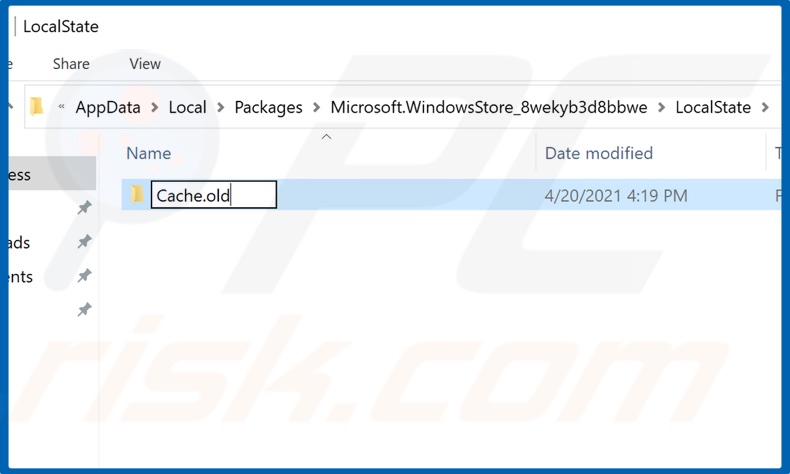
5. Rename it to Cache.old.
6. If there is no such folder present, create a new folder and name it Cache.

7. Then, Right-click the Start Menu button and select Settings.

8. Select Update & Security.

9. Select Troubleshoot.

10. Click Additional troubleshooters.

11. Select Windows Update and click Run the troubleshooter.
Solution 4. Run the System File Checker (SFC) Scan
1. Hold down Windows+R keys to open the Run dialog box.
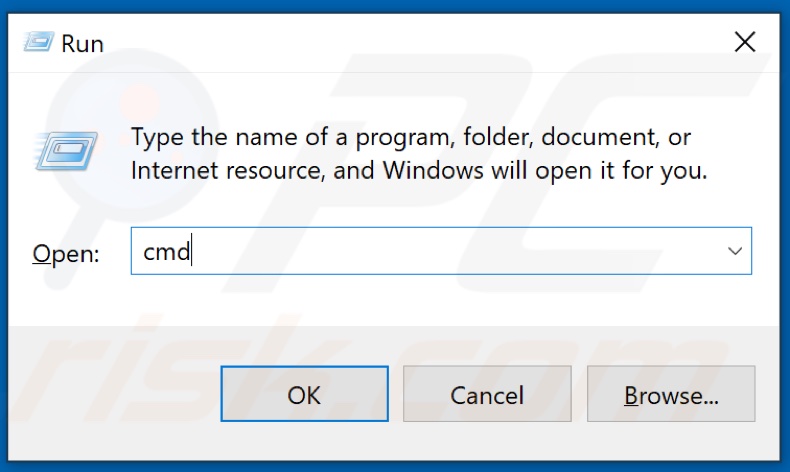
2. Type in CMD in the Run text box and hold down Ctrl+Shift+Enter keys to open the elevated Command Prompt.
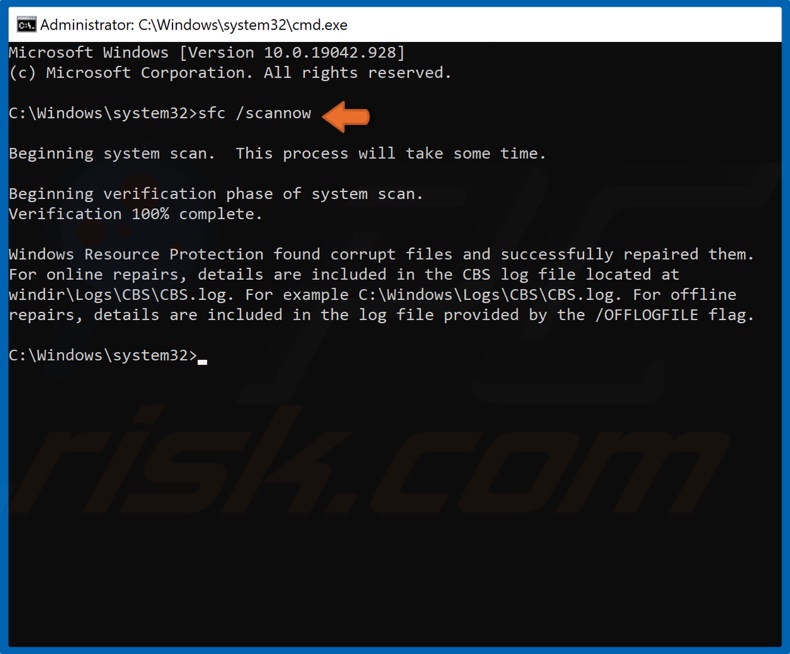
3. In the Command Prompt window, type in sfc /scannow command and hit the Enter key to start the scan.
4. Once the scan has been completed, restart your PC.
Solution 5. Run the Deployment Image & Servicing Management (DISM) Scan
1. Hold down Windows+R keys to open the Run dialog.

2. Type in CMD in the Run text box and hold down Ctrl+Shift+Enter keys to open the elevated Command Prompt.
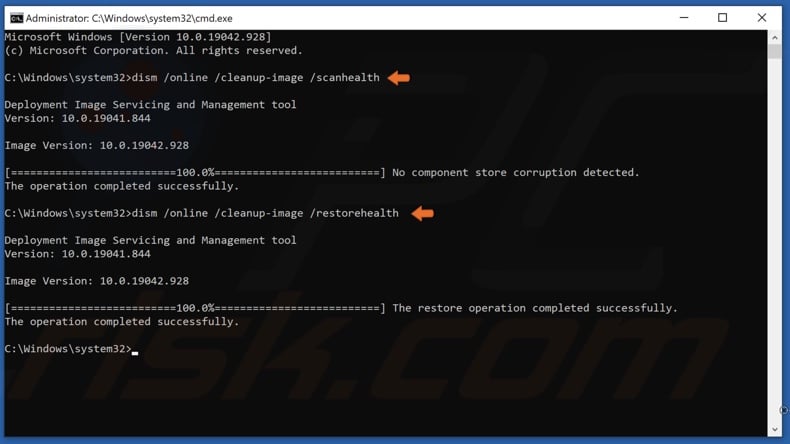
3. In the Comand Prompt window, type in DISM /Online /Cleanup-Image /ScanHealth and hit the Enter key. This parameter will scan the component store for corruption.
4. Type in the DISM /Online /Cleanup-Image /RestoreHealth command and hit the Enter key.
5. Once the process has been completed, try updating Windows 10.
Solution 6. Reset Windows Update Components Manually
1. Hold down Windows+R keys to open the Run dialog box.

2. Type in CMD in the dialog box and then simultaneously hold down Shift+Ctrl+Enter keys to open elevated Command Prompt.
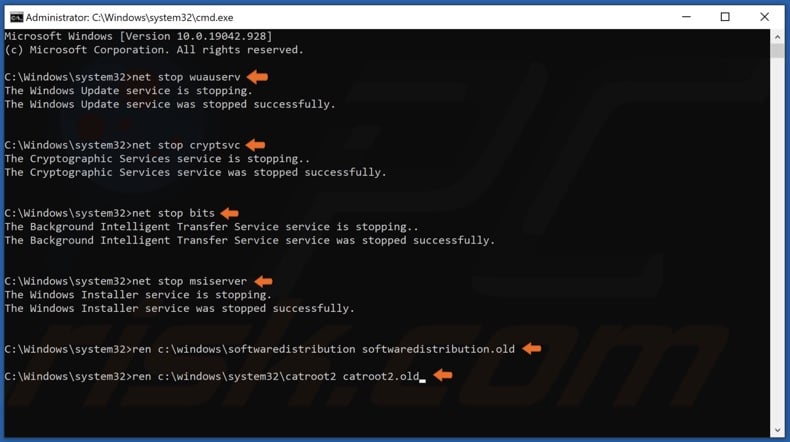
3. Type in the following commands and hit Enter after entering each command:
- net stop wuauserv
- net stop cryptSvc
- net stop bits
- net stop msiserver
Once the services have been disabled, you can rename the SoftwareDistribution and Catroot2 via Command prompt.
4. Type in ren C:\Windows\SoftwareDistribution SoftwareDistribution.old and hit Enter.
5. Then, type in ren C:\Windows\System32\catroot2 Catroot2.old and hit Enter.
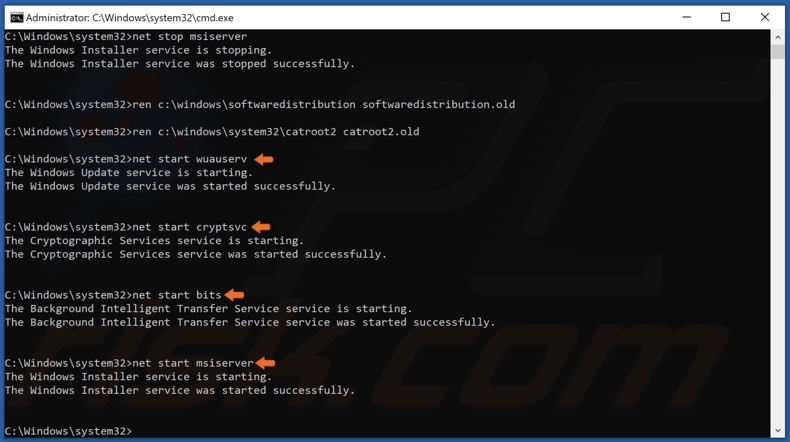
6. Type in the following commands and hit Enter after entering each command:
- net start wuauserv
- net start cryptSvc
- net start bits
- net start msiserver
7. Close the command prompt, and try updating windows 10.
Share:

Rimvydas Iliavicius
Researcher, author
Rimvydas is a researcher with over four years of experience in the cybersecurity industry. He attended Kaunas University of Technology and graduated with a Master's degree in Translation and Localization of Technical texts. His interests in computers and technology led him to become a versatile author in the IT industry. At PCrisk, he's responsible for writing in-depth how-to articles for Microsoft Windows.

▼ Show Discussion